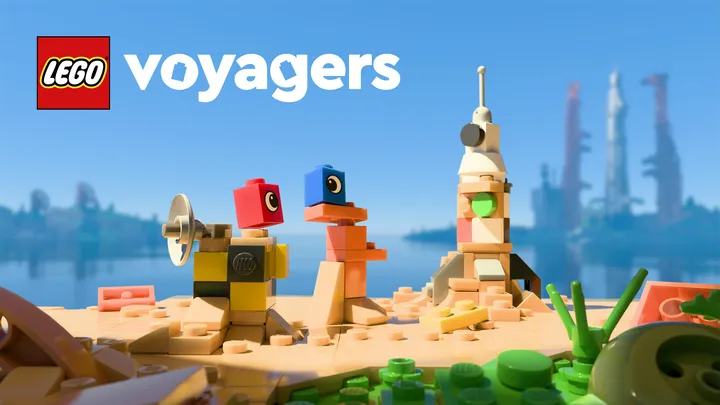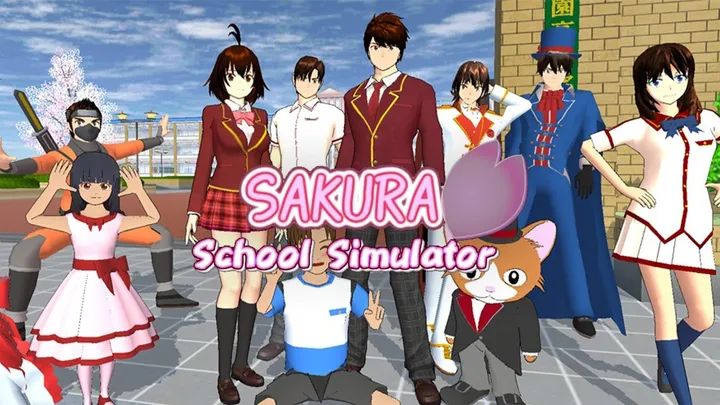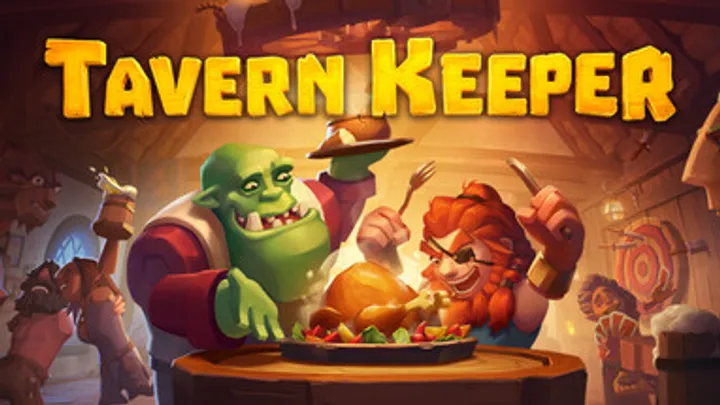Introduction
Tavern Keeper is a simulation and management game where you build, upgrade, and manage your own tavern. Success requires balancing customer satisfaction, staff management, inventory, and expansion while keeping your profits high. This guide will show you how to create a thriving tavern from scratch, manage daily operations, and develop strategies to become the ultimate tavern owner.
Whether your goal is maximizing profit, creating a renowned tavern, or unlocking all rare recipes and decorations, understanding the core systems and learning advanced management techniques is essential for long-term success. From managing staff and supplies to planning expansions and hosting events, this guide covers everything you need to become a Tavern Keeper master.
1. How to Choose the Perfect Location
Choosing a location is the first step in building a successful tavern. High traffic areas attract more customers, while scenic or strategic locations improve reputation over time.
When scouting for locations, consider proximity to key landmarks, foot traffic patterns, and potential for future expansion. Avoid overcrowded areas with high rent if starting small, as early-stage profits are crucial.
Key Considerations:
- Look for high-traffic streets or near market areas.
- Consider nearby competitors and opportunities for niche specialization.
- Balance rent costs with potential revenue.

2. How to Design Your Tavern Layout
A well-designed tavern maximizes customer satisfaction and efficiency. Place tables, counters, and workstations logically to avoid bottlenecks.
Keep high-traffic areas clear and make sure staff can move easily between kitchen, bar, and dining area. Decorate thoughtfully to create a welcoming atmosphere that boosts reputation.
Layout Tips:
- Place tables near windows or scenic areas for higher tips.
- Use partitions or dividers to organize seating sections.
- Position storage areas close to workstations to minimize staff travel time.
3. How to Hire and Manage Staff
Hiring the right staff is crucial to smooth tavern operations. Employees have different skills, traits, and satisfaction levels affecting efficiency and customer experience.
Train new hires in specific roles and assign them based on their strengths. Monitor morale regularly and offer incentives or promotions to keep performance high.
Staff Management Tips:
- Assign bartenders, cooks, and servers according to their skill sets.
- Avoid overworking employees to prevent mistakes or strikes.
- Use feedback and reviews to identify underperforming staff early.
4. How to Manage Inventory and Supplies
Proper inventory management prevents shortages, reduces waste, and improves profitability. Track which ingredients, drinks, and equipment are needed daily.
Maintain a balance between overstocking and understocking. Automate purchase orders for frequently used items, and always plan for seasonal events or high-traffic days.
Inventory Tips:
- Monitor popular menu items to avoid running out of stock.
- Use suppliers with the best prices for high-demand goods.
- Rotate stock regularly to prevent spoilage and losses.
5. How to Optimize the Menu
A diverse, well-planned menu attracts more customers and increases revenue. Include a mix of affordable and premium items to appeal to different customer types.
Experiment with recipes and add rare or specialty items to boost reputation. Monitor sales and adjust pricing to maximize profit margins while keeping customer satisfaction high.
Menu Optimization Strategies:
- Highlight popular or high-profit items prominently.
- Introduce seasonal or event-based dishes.
- Use customer feedback to refine recipes and pricing.

6. How to Enhance Customer Satisfaction
Customer satisfaction drives revenue, tips, and reputation. Focus on cleanliness, prompt service, and ambiance to keep patrons happy.
Identify customer preferences and tailor service accordingly. Provide entertainment or special events to increase engagement and loyalty.
Satisfaction Boosters:
- Maintain clean floors, tables, and restrooms.
- Serve meals promptly and accurately.
- Offer events like music nights, festivals, or themed gatherings.
7. How to Expand and Upgrade Your Tavern
Expansion allows you to increase seating capacity, add new features, and host larger events. Plan upgrades strategically to maximize return on investment.
Invest in additional rooms, storage, kitchens, or special attractions like a stage or arcade. Balance expansion with current revenue and staff capability to avoid overextending.
Expansion Tips:
- Prioritize upgrades that improve efficiency and revenue.
- Add new seating or rooms based on peak hours and customer demand.
- Upgrade staff training facilities to improve service quality.
8. How to Host Events and Special Promotions
Events and promotions attract more customers, increase revenue, and build your tavern’s reputation. Plan themed nights, seasonal events, or special menu promotions to stand out.
Advertise events in-game to ensure high turnout and adjust staffing levels to accommodate additional guests. Track event performance to refine future strategies.
Event Planning Ideas:
- Hold weekly or monthly themed nights.
- Offer discounts or limited-time menu items.
- Celebrate holidays with decorations and special activities.
9. How to Handle Challenges and Random Events
Tavern Keeper includes random events like accidents, health inspections, or unruly customers. Proper preparation ensures minimal disruption.
Train staff to handle emergencies, maintain insurance or safety features, and respond quickly to complaints or crises. Being proactive reduces reputation loss and financial setbacks.
Challenge Management Tips:
- Keep a small emergency fund for unexpected repairs or fines.
- Train staff in crowd control and conflict resolution.
- Respond promptly to negative feedback or complaints.

10. How to Achieve Long-Term Success
Long-term success requires balancing daily operations, expansion, staff development, and financial management. Focus on incremental improvements rather than rapid, unsustainable growth.
Monitor key metrics like revenue, customer satisfaction, and staff morale regularly. Set realistic goals, reinvest profits strategically, and diversify offerings to create a resilient and profitable tavern.
Long-Term Strategy Principles:
- Balance profitability, reputation, and customer experience.
- Maintain loyal and well-trained staff.
- Continuously adapt to changing customer preferences and market conditions.
Conclusion
Mastering Tavern Keeper is a rewarding journey of planning, strategy, and creativity. By carefully managing your staff, inventory, menu, and tavern layout, you can build a thriving establishment that attracts loyal patrons and generates steady revenue. Strategic expansion, event planning, and proactive problem-solving will ensure your tavern grows sustainably and becomes renowned throughout the land.

















